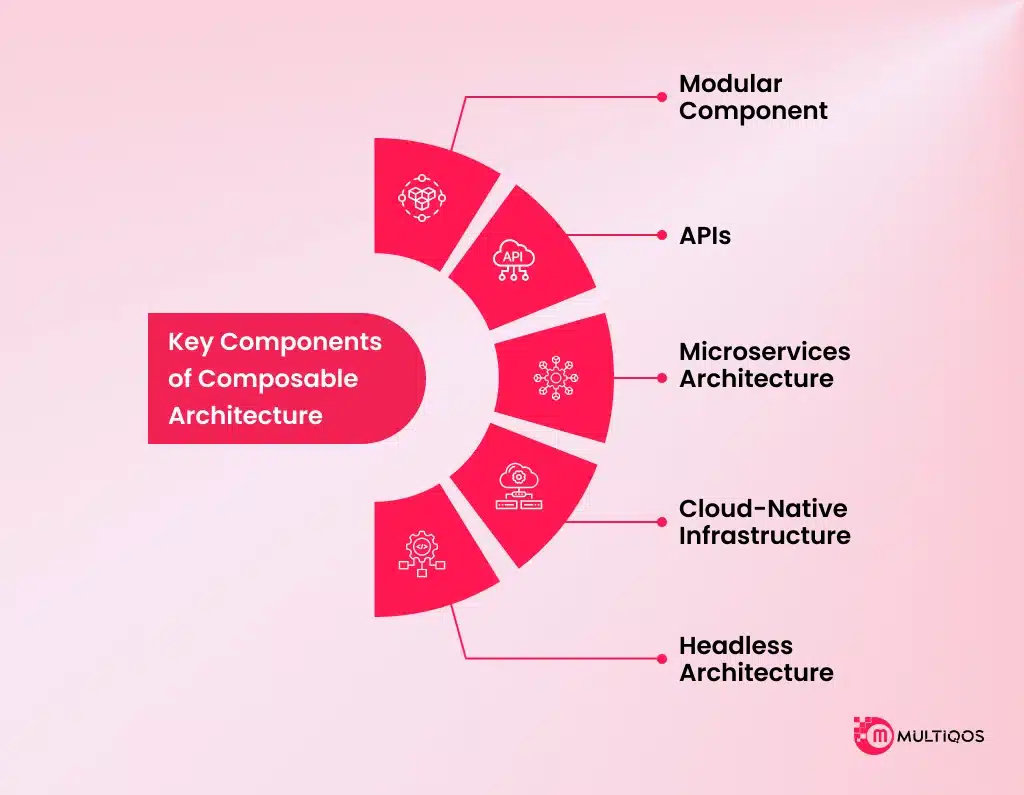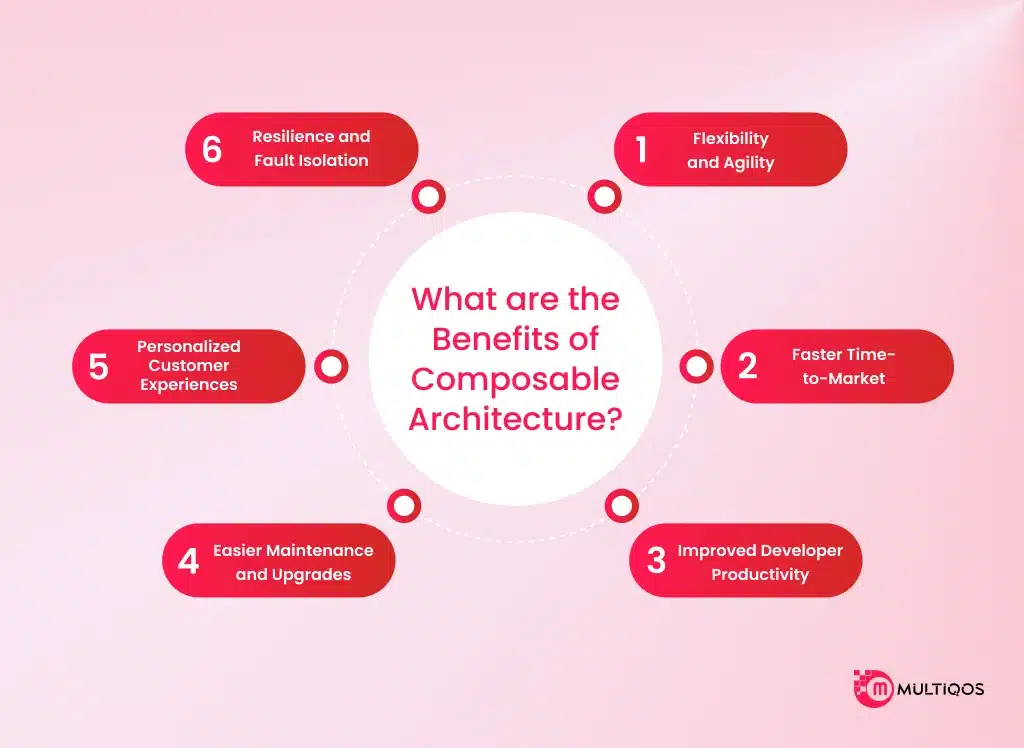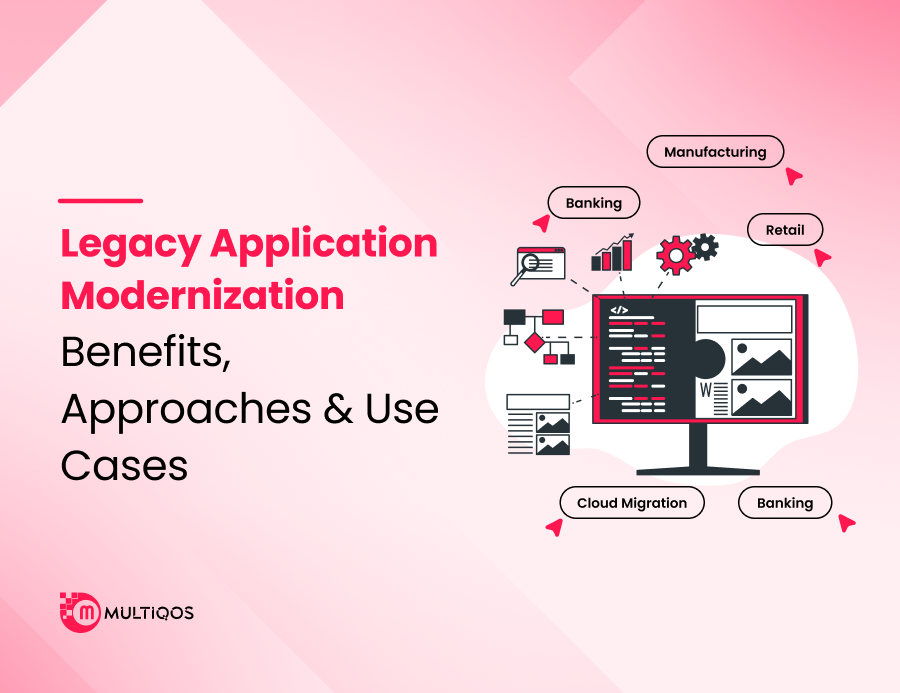What Is Composable Architecture in Software Development?

Summary:
What is Composable Architecture is more than a trending topic—it’s a paradigm shift redefining how digital experiences are crafted. As technology evolves, the need for adaptable, modular, and scalable systems has never been greater.
This blog offers a fresh lens into the composable mindset, where flexibility meets innovation, and rigid systems give way to dynamic ecosystems. Whether you’re curious about the future of digital architecture or seeking smarter ways to build, this article opens the door to a new era of thinking—one where possibilities are built piece by piece.
Introduction
Due to the evolving technological transformation, the demand for agility, rapid distribution, and scalability has increased. Therefore, business digital solutions leave rigid, unbroken infrastructure in favor of more adaptable and flexible development models. This transition has brought an excellent approach to the spotlight—what is composable architecture?
Composable architecture is not just a passing trend for IT businesses; It is a strategic approach that allows teams to create applications from reusable and modular building blocks. In “composition” systems from independent parts, organizations can change rapidly, innovate more independently, and scale with ease.
What is Composable Architecture?
A composable architecture allows developers to create apps and software by snapping small, reusable components, rather than combining everything in a huge codebase. Unlike monolithic and large setups, which are not possible to change, this approach helps teams to switch parts, upgrade functionalities, or even break components without affecting the entire product. This means that they can roll out fast reforms, just scale the pieces that are suddenly popular, and keep synergy as a business goal.
As the push for speed and flexibility in tech keeps growing, composable architecture is spreading across industries, and the numbers really show it. Recent software development statistics reveal that teams working with modular systems deploy features faster, spend less on upkeep, and see productivity gains.
Key Components of Composable Architecture
Here are the main building blocks that give composable architecture its shape, which aim at making software systems more adaptable, modular, and quicker to change. Have a look:
1. Modular Components
These are independent devices that provide a specific business function (e.g., payment processing, user management). Each module can be developed, distributed, and scaled independently.
2. APIs
APIs act as a mediator between individual components and services for communication. They let each piece trade information, even when those pieces live on different servers or in the cloud.
3. Microservices Architecture
Each functionality or capability is developed as a small, independent service that performs the same function. These services can be updated or replaced without affecting the rest of the system.
4. Cloud-Native Infrastructure
Companying architecture is designed to use the resource efficiency provided by the blame environment, elasticity, scalability, and resource efficiency provided by the cloud platform.
5. Headless Architecture
The front and back are uncovered, so the teams can produce flexible user interfaces that draw data and services from many back sources.
What are the Benefits of Composable Architecture?
After going through the key components, here are the main advantages of a composable architecture. Have a look:
1. Flexibility and Agility
Composable architecture allows organizations to develop applications from reusable building blocks that teams can independently add, switch, or upgrade. Because these blocks work freely, when new requirements arise, the product can reopen the group system to speed up the development and open the door to new ideas.
2. Faster Time-to-Market
You can reuse the existing components and build them in parallel; the growth cycles related to composable architecture are reduced significantly. This approach accelerates the rollout of new features and services, which helps companies seize market opportunities faster and adhere to the participants.
3. Improved Developer Productivity
Developers can seamlessly work on specific functions without depending on the entire app if the modules are independent and identified clearly. With this, it becomes easy for teams to work in modular chunks, eliminates complexity, and enhances overall productivity.
4. Easier Maintenance and Upgrades
The composable architecture is very easy to runs smoothly. Because each part is present on its own, you can update or fix a piece without disturbing others. This simplifies the entire life cycle and cuts down on everyone while upgrading.
5. Personalized Customer Experiences
The modular nature of composed architecture makes it easy to tailor digital experiences. Business users can collect dynamic components to provide individual materials, interfaces, and interactions based on behavior, preferences, or market segments.
6. Resilience and Fault Isolation
In a composable architecture, one failing part won’t crash the whole system. This isolation method allows the teams to change individual pieces independently, making it easier to remove challenges and overall leads to a stable, more reliable app.
As a well-known software development company, you can definitely create scalable and adaptable digital solutions that grow with customers’ developed needs and expectations with this approach.
Conclusion
Composable architecture provides a future-design approach when it comes to building modular, scalable systems that are adaptable over time. By rejecting core components and allowing them to operate together, companies can use them quickly and respond quickly to the needs of changed market needs. In addition, you will be surprised to know that there are many challenges in enterprise software development, such as rigidity, bottlenecks for scalability, and problems.
If you are ready to experience the full potential of composable architecture, you need a team that can design, integrate, and maintain a modular system. Therefore, hire software developers who are well aware of modern architecture and API-operated ecosystems.
FAQs
Composable Architecture is a modular approach where applications are built using independent, reusable components (like microservices, APIs, or packaged business capabilities) that can be combined and reconfigured as needed.
- Increased agility and speed
- Easier integration and customization
- Scalability and resilience
- Reduced development and maintenance costs
- Managing complexity across services
- Ensuring seamless communication between components
- Data consistency and security
- Finding skilled developers to implement and maintain the architecture
Microservices, APIs, containerization (e.g., Docker, Kubernetes), headless CMS, low-code platforms, and cloud-native infrastructure.
Get In Touch








